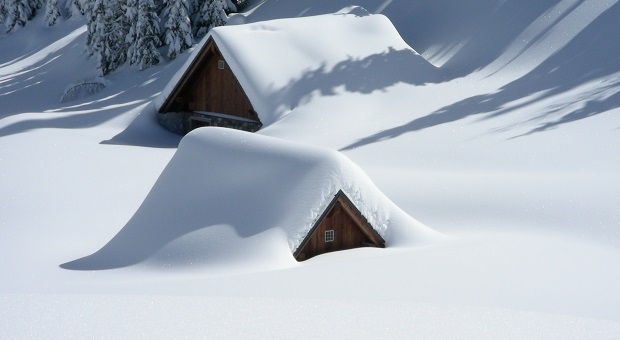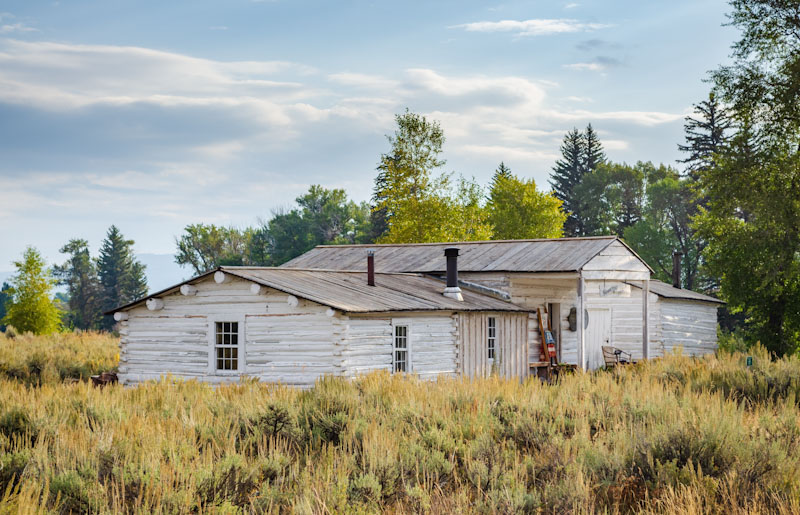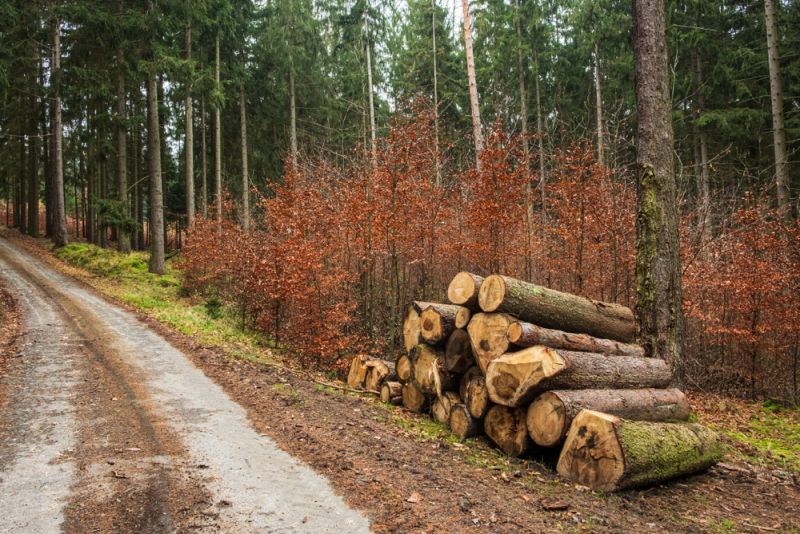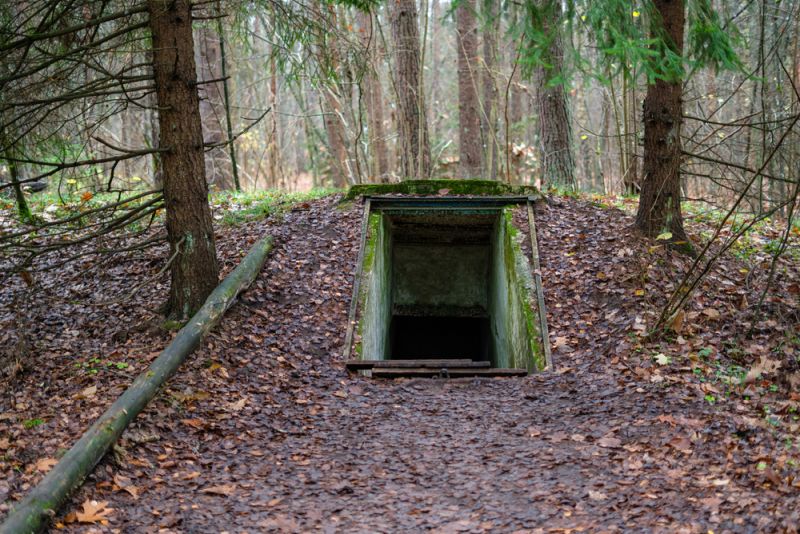It’s that time of year again – snow season. If you live in a nice, new home you may already have decent insulation that keeps your heat in and your heating bill as low as possible.
But if you don’t, you’re probably dreading those drafts. You probably try to block the drafts, or maybe you even block off entire rooms trying to keep the house warm, but how about using snow for insulation?
If you’re an avid reader of Consumer Reports, the bad news is that heating costs will sky-rocket this winter. Yes, you heard that right. Again.
In the scary side of the news, scientists now believe that we’re going to enter a mini-Ice Age, a few years ahead, due to Sun’s slowing activity. Indeed, goodbye Global Warming, hello Ice Age.
According to the Energy Information Administration, the average American household spends approximately $930 every winter on heating costs alone, and we’re talking about homes heating primarily with electricity. The figure is higher for people using propane ($1417) and lower for natural gas ($578).
Anyway, you must keep in mind that these figures are sourced for this winter’s forecast, which is expected to be very mild, milder than in the previous years. Mild or not, I bet it’s going to be very cold, especially if you’re not living in Florida.
Fortunately, there are things that can be done to mitigate the cold winter months ahead, so keep reading. I mean, regardless of the NOA predictions or what the Farmer’s Almanac says, if you can cut on your heating bill won’t hurt you, right?
A Few Survival Models to Copy
Now, if you’re the outdoors type, you probably noticed that wild animals and even stray dogs sometimes bury themselves in the snow when it’s freezing, and there’s a good reason for that.
Basically, they dig a hole in the snow and they manage to survive in that fashion even in -20 F temperatures. There are even species of animals that dig snow-burrows, where they hibernate for months, during the winter season. This obviously means that snow makes for an excellent insulator.
Also, you may be familiar with the concept of igloos. You know, those “houses” made of snow, or snow huts Inuit people are often associated with. Besides igloos, Inuit people used snow on a daily basis to insulate their whalebone/hide-made shelters. What makes snow such a good insulator?
Well, the answer is pretty straight forward: the air pockets which are trapped in the snow make it an outstanding insulator.
Why Is the Snow Working for Insulation?
To get an idea, even if the outside temperatures are as low as 19 degrees Fahrenheit, in a snow hut you can achieve 61 degrees Fahrenheit using body heat alone, provided we’re talking about a burrow, not a palace; i.e. a small fox-hole, large enough to fit you, so it can be heated sufficiently by body temperature alone.
The best snow in terms of insulation is fresh snow, because it contains a high percentage of air caught between the ice crystals. Fresh snow is basically all air, up to 95%, and that’s why it’s so light. Since the air is firmly trapped inside and it cannot move freely, the heat transfer is significantly reduced.
So, using snow for insulating your home doesn’t seem so farfetched now, does it?
That brings us to the next factoid: did you know that 10 inches of fresh snow, which is basically five to seven percent water, is the equivalent of a 6 inch layer of fiberglass insulation? That makes for an R-value of 18 (I told you about R-values in a previous article, check that out folks).
All these facts make snow the greenest insulator of them all (it’s natural, right?) and the cheapest too, because it’s like, you know, free?
Snow’s thermal conductivity, which is the scientific term that describes that R-value thing, can be described mathematically and it works in tandem with the snow density. The denser the snow, the greater thermal conductivity. So, if you want to use snow for insulation purposes, the best snow is the fresh driven/super-light-fluffy snow, as heat moves through it relatively slowly.
Also, using snow for insulating your house spells fun, especially for your kids, making it for a great DIY project.
So, you can save some of your hard earned dollars while having a good time with your family if you do it the Pioneer way, just like our founding fathers!
Just think about the concept for a minute, isn’t it beautiful folks? It makes you wonder about the old times, when people knew squat about central heating (okay, maybe excepting the Romans) and yet they managed to survive.
Yes, I know they had wood stoves and stuff like that, yet they didn’t even dream about our high-tech fiber-glass insulation. Or did they? Actually, we’ve already shown that at least some of them did. The bottom line is that when people HAVE to make due, they tend to be quite creative.
Enter snow, the all green-all natural insulator used back in the day by the common folk for insulation purposes.
How did they do it? Well, those living on farms used to drive six foot posts into the ground about 3 feet from the sides of the house, right before winter set in. After that, they used to pile straw between the house walls and the respective posts. After the first big snow, they packed the snow over the straw, creating something resembling a wall of ice.
That insulating wall stayed there until the spring, when it melted away. This ingenious yet primitive makeshift insulation really performed miracles, by keeping the winter cold out and the heat inside the house.
Sounds like a great idea, right?
Video first seen on Wilderness Innovation
How to Make It Work
Now, imagine a blackout in the aftermath of a snow storm. No central heat or electric to power space heaters, and it’s going to get cold fast! You have to move the snow anyway, to clear your driveway and the sidewalks, so while you’re at it, why not put some elbow grease into the mix and pile a layer of snow (one – one and a half foot thick) up against your house?
It will help you a lot with insulation, just by shoveling it from the roof and the steps of your house. You’re killing two birds with one stone, right? The only thing to keep in mind is when spring comes around, you’ll have to shovel the snow away.
Another idea for putting the wintery blanket to good use would be to let it sit on your roof, depending on how solid the roof is built. If it’s built properly, a layer of snow will provide you with additional insulation, for free, but in case of heavy snow-fall, make sure you don’t allow more than two feet of snow to accumulate there.
Too much snow on your roof may translate into leaks, it may damage your roof when it slides off, or it may even collapse the roof, and that, obviously, would be pretty terrible.
Snow accumulating in decent amounts on your roof, without melting in certain unusual spots, is a testimony that your attic is doing its job, meaning there’s no heat loss through the roof, due to poor insulation.
A properly insulated home doesn’t show bare patches of melted snow on the roof. Hence, beside its insulation advantages, snow will act as an early warning system.
If you own a log cabin, you can use snow for banking, to keep it warm during the winter season. Usually, log cabins tend to leak air; hence the heat escapes during the cold season. To mitigate this problem, they are chinked with mud. Sooner or later though, especially when it gets very cold, the mud falls out, leaving cracks between the respective logs.
After the first snow, you can use the snow to bank the cabin walls again. Do it every time you can, until you pile up mounds of snow against the cabin’s walls, creating your own personal igloo on top of your log-cabin. In this way, you’ll be considerably warmer inside, and if you live in a cold area, any extra degree inside would be welcome, don’t you think?
All things equal, while snow makes for an excellent insulator, don’t bet on snow alone for shielding you from the cold. I mean, what are you going to do if faced with a low snow year?
If you have suggestions or comments, feel free to use the dedicated section below!
This article has been written by Chris Black for Survivopedia.









Pingback:Do You Know How To Use Snow For Insulation? | Freedom Newz | January 8, 2016
|
Pingback:Do You Know How To Use Snow For Insulation? | Prepper's Survival Homestead | January 8, 2016
|
Mr. Monty | January 8, 2016
|
I love it love it.
Off grid.
Robert Hodges | January 9, 2016
|
Yes I have read up on how to use snow for installation. I think it was from your website, but living in North Alabama we don’t get much snow, just ice. Please keep your tips coming. Thanks. Robert Hodges
Robert Hodges | January 8, 2016
|
I’m a disabled prepper. (Right leg removed above the knee ) I can do some things but there is a lot that I can not. I do have a great fake leg but can not get use to it .anyway I love your Web site. Any ideas on what a disabled man can do to get ready for when the shtf.thank you. Robert Hodges
Andi | January 8, 2016
|
What happens when the heat escaping from the house through walls, windows, etc. melt snow? You end up with ice and a soaked foundation. Best to make that barrier a little distant from the walls of the house.
radarphos | January 8, 2016
|
Right on, Andi, and especially for folks with basements since the area right next to the house had backfill added (often big hunks of dried concrete mix, rocks, and other stuff that isn’t supposed to go there, but gets dumped and covered quickly). The backfill will often cause water to quickly travel down to the basement floor where it leaks in. In snow country many of us install “ground gutters” (this is a fancy term for burying sheets of 4mil or greater plastic around the house (and about 3′ from the house). In that way, when it pours rain, the water is caught by the plastic and drains off toward the yard instead of the backfilled foundation. I agree with the idea that snow is a great insulator (and as a tent camper in MN on the Mississippi shoreline in February). When we dug out the snow for the tent, we cut blocks of hard snow pack and built “wind walls” to block the wind chill. We were able to keep warm in our sleeping bags and in the tent. Still it is best up north, in basement country to put down some plastic, with the straw if you got it on top of the plastic and pack your snow around the house. The snow on the roof example depends more on how the roof is situated to prevailing winds that cause drifting even on roofs. Thin spots will melt faster than thick spots. Snow that melts, then refreezes on roofs can (and usually does) cause ice dams that allow more snow melt to puddle up against these ice dams and work their way through your roof (the article’s mentioned leaks). Roof snow can be, as stated, a good indicator of an effective attic space if there are no unusual melting spots.
Pingback:Survival News 01/08/16 | Survival Pulse | Daily Survival & Prepper News | January 8, 2016
|
Pingback:Do You Know How To Use Snow For Insulation? | Bsn Global News | January 8, 2016
|
Henry | January 9, 2016
|
Very interesting read
Pingback:Do You Know How To Use Snow For Insulation? | Survival World News | January 11, 2016
|
Pingback:Do You Know How To Use Snow For Insulation? | TheSurvivalPlaceBlog | January 11, 2016
|
Pingback:Do You Know How To Use Snow For Insulation? | NewZSentinel | January 12, 2016
|
Doug Nicholson | January 25, 2016
|
Where’s the story about the guy who survived while buried in the snow??????????
Pingback:Do You Know How To Use Snow For Insulation? - Prepper Dome | January 26, 2016
|
Pingback:Winter Survival: How To Snow Shovel Like A Pro | Survivopedia | January 28, 2016
|
Pingback:Winter Survival: How To Snow Shovel Like A Pro | NewZSentinel | January 28, 2016
|
Amy | July 27, 2016
|
I have never thought of this before…. I was always wondering how people can call a hut made out of ice a home. I always thought that it was still cold inside, thought it still is but compared outside, is still better. Might give this a try during the winter.
Pingback:Winter Survival: How To Build A Snow Shelter | Survivopedia | December 8, 2016
|
Scott | December 17, 2016
|
Never knew this was even possible. Kind of like the way eskimos use igloos for similar purposes. Loved this idea and would like to try this with my kids. We love to try different activities in outdoors to learn how to survive.
Enrequy Pauly | August 23, 2017
|
NICE AND GREAT INFORMATIVE ARTICLE.
THANKS
Enrequy Pauly | August 23, 2017
|
This Kinds of Article are most important to all the backpackers and outdoors activitistc. Easy to carry and using in the different condition thats a good informative article.
jean | November 19, 2017
|
this is is a great ARTICLE it really helped me to up my backpacking game…it will also help my FRIEND to improve his backpacking needs THANK YOUR very much for such A GREAT post looking FORWARDS such such many posts
john | May 29, 2019
|
informative article keep posting worthy stuff like this i am your regular visitor
Kim | January 6, 2022
|
I discovered this one year accidentally. My water froze momentarily, then it snowed n piled around house. Low n behold, the water thawed. So now, every time it’s around or below freezing n we have snow, I push it around any potential drafty areas n we’re good to go.